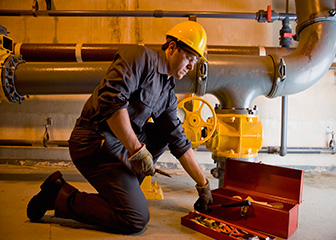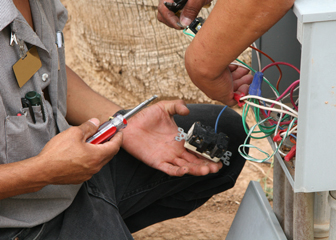Summary
Please enable javascript to play this video.
| Quick Facts: General Maintenance and Repair Workers | |
|---|---|
|
$48,620 per year
$23.38 per hour |
|
| High school diploma or equivalent | |
| None | |
| Moderate-term on-the-job training | |
| 1,629,700 | |
| 4% (As fast as average) | |
| 62,400 | |
What General Maintenance and Repair Workers Do
General maintenance and repair workers fix and maintain machines, mechanical equipment, and buildings.
Work Environment
General maintenance and repair workers often carry out many different tasks in a single day. They could work at any number of indoor or outdoor locations. They may work inside a single building, such as a hotel or hospital, or be responsible for the maintenance of many buildings, such as those in an apartment complex or on a college campus.
How to Become a General Maintenance and Repair Worker
Jobs in this occupation typically require a high school diploma or equivalent. General maintenance and repair workers often learn their skills on the job for several years. They start out performing simple tasks while watching and learning from skilled maintenance workers.
Pay
The median annual wage for general maintenance and repair workers was $48,620 in May 2024.
Job Outlook
Employment of general maintenance and repair workers is projected to grow 4 percent from 2024 to 2034, about as fast as the average for all occupations.
About 159,800 openings for general maintenance and repair workers are projected each year, on average, over the decade. Many of those openings are expected to result from the need to replace workers who transfer to different occupations or exit the labor force, such as to retire.
State & Area Data
Explore resources for employment and wages by state and area for general maintenance and repair workers.
Similar Occupations
Compare the job duties, education, job growth, and pay of general maintenance and repair workers with similar occupations.
More Information, Including Links to O*NET
Learn more about general maintenance and repair workers by visiting additional resources, including O*NET, a source on key characteristics of workers and occupations.
 United States Department of Labor
United States Department of Labor









